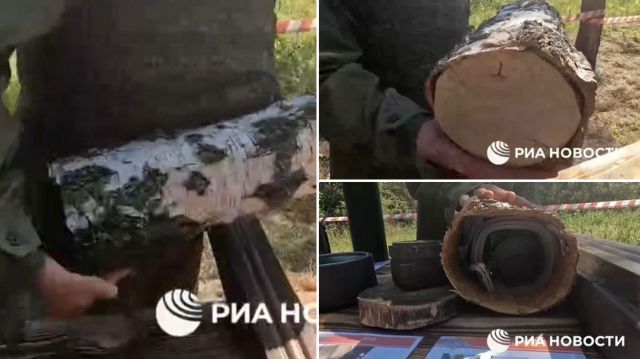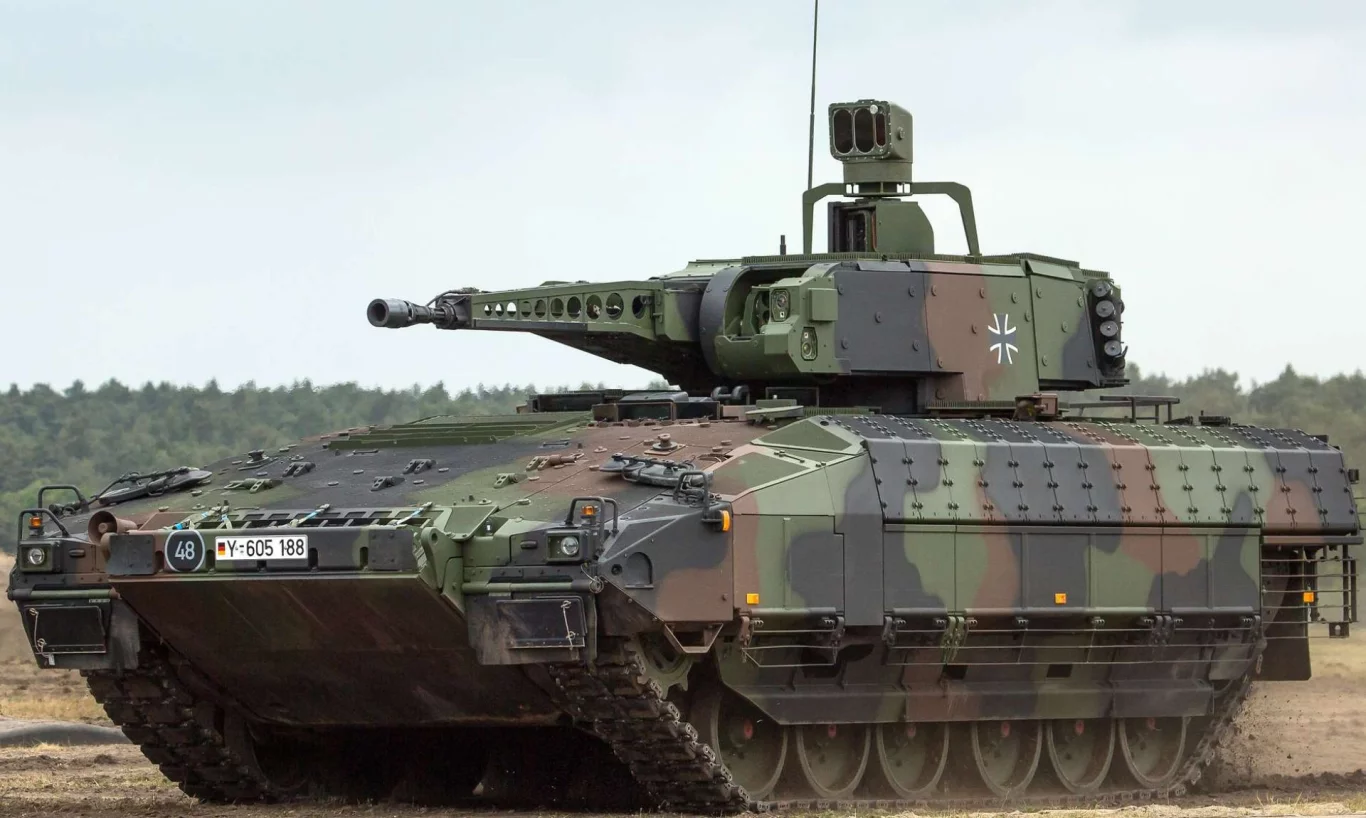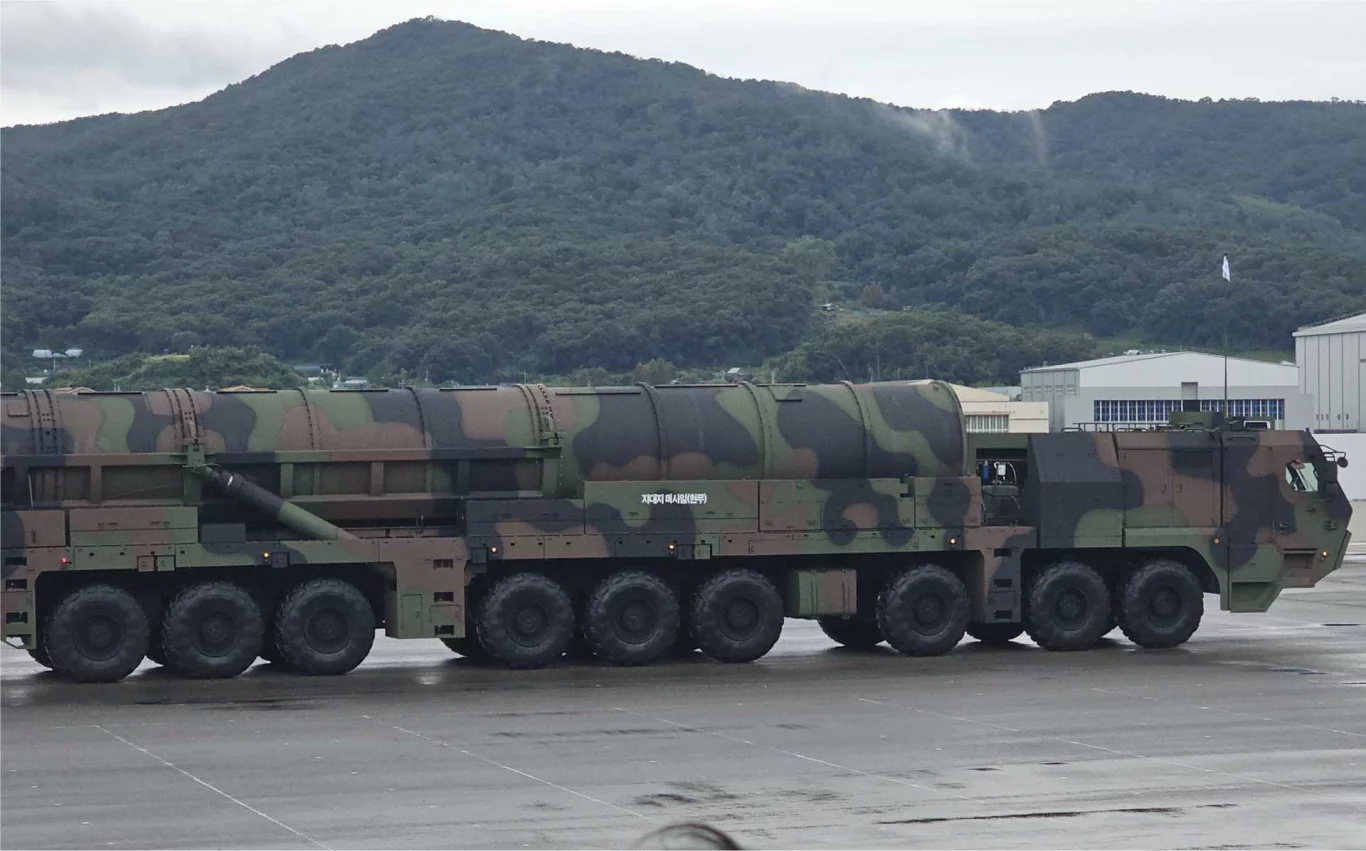In a startling twist in battlefield deception, Ukrainian forces have adopted a highly unconventional tactic: transforming a PTM‑3 anti‑tank mine into a lifelike tree stump, complete with foliage. A video released by RIA Novosti captures the unsettling ingenuity of this camouflage. The footage reveals a mine carefully concealed amidst woodland, its explosive core masked beneath meticulously arranged branches and leaves, blending seamlessly into the natural surroundings
This method leverages Ukraine’s dense forest terrain, turning quiet wooded stretches into potential danger zones for Russian armor and vehicles. The PTM‑3, originally designed to penetrate tank treads, is already a feared weapon—when disguised as part of the environment, its effectiveness multiplies dramatically. As the visuals unfold, viewers witness how a seemingly harmless tree mask belies the deadly trap beneath.
Using such deceptive tactics represents a sophisticated blend of psychological warfare and engineering. Russian forces, accustomed to avoiding mines and booby traps in known hotspots, now face a hidden threat that is nearly undetectable to the naked eye. The mine’s disguise highlights how modern conflicts increasingly rely on innovation and adaptive tactics rather than sheer firepower.
This camouflage technique raises pressing questions about whether similar strategies might spread to other conflict zones. The blend of simple materials—branch cuttings, soil, and mine casings—demonstrates that lethal ingenuity often needs no high-tech equipment, only imagination and opportunity. Analysts suggest that as conventional frontlines blur, battlefield survival may increasingly depend on who can hide best.
Ukraine’s use of the camouflaged PTM‑3 mine exemplifies their evolving tactical playbook, which has already included drone ambushes, underground fortifications, and remote-controlled booby traps. In this broader context, the “tree mine” stands out not only for its shock value but for its chilling reminder: in war, nature itself can be turned into a weapon.
As tensions remain high and Russian forces continue operations in heavily wooded regions, this form of concealment could significantly slow vehicle advances. Armored units may now require additional sensors or drone reconnaissance to detect nature’s new threat, while supply convoys might need revised route plans to avoid forested sectors altogether.
Ultimately, the viral video released by RIA Novosti serves as both evidence and warning: Ukraine is adapting in unexpected ways, using camouflage, surprise, and environment-driven innovation to counter a conventionally stronger foe. In this ever-shifting hybrid warfare landscape, even a simple mine can morph into a forest sentinel—silent, still, and lethal.




